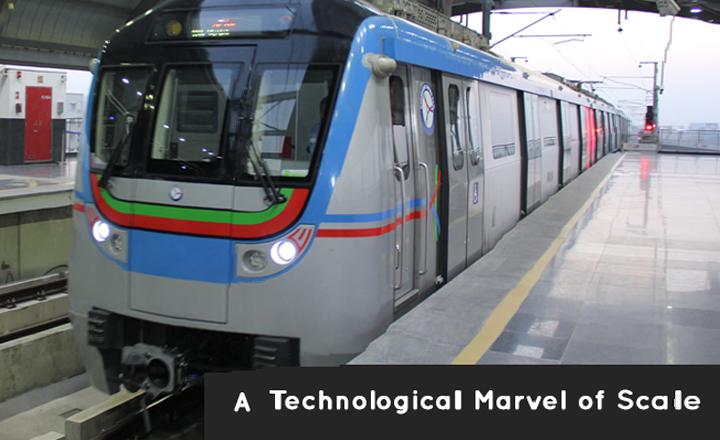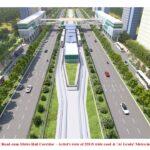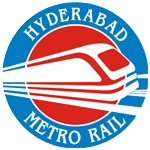Hyderabad Metro, has become a transformative infrastructure project, with some of the best world-class technologies! The Hyderabad Metro Rail project is an international scale infrastructure, featuring many technological attributes in its advanced communication support system. The Metro Rail features state-of-the-art communication systems for continuous communication between the central control, train operators and the station controllers.
Communication-Based Train Control (CBTC)
It features advanced signaling & Train Control technology, Communication Based Train Control (CBTC), which ensures better control of the trains. In fact, Hyderabad Metro is the first elevated Metro rail project in India wherein the trains are controlled using CBTC technology. The trains will be monitored from the advanced Operation Control Centre (OCC) located in Uppal depot. The Operation Control Centre (OCC) is considered as the primary control centre, as well as back-up control centre for managing the operations during emergencies.
Automatic Train Operation (ATO)
Hyderabad Metro rail operates on Automatic Train Operation (ATO) mode which monitors safe train operations. Some of the station equipments like Computer Based Interlocking (CBI), wayside ATP etc., constitute important signaling equipments for ensuring safe and uninterrupted train services.
Computer Based Interlocking (CBI) System
Axle Counter based fall-back system is a form of secondary train detection system, deployed across all the three corridors, which is a backup for CBTC. The signaling technology which has been deployed at the depots is based on the redundant Computer Based Interlocking (CBI) system.
Booster Transformers
Booster Transformers are installed across the three corridors at specified locations for minimizing interference with main communication lines. There are Receiving Substations (RSS) established at Uppal, Miyapur, Yusufguda, & MGBS which receive power supply.
SCADA (Supervisory Control and Data Acquisition) System
Hyderabad Metro also features SCADA (Supervisory Control and Data Acquisition) system which offers highest level of support for the purpose of monitoring, controlling and also command. A centralized Operation Control Centre (OCC) based in Uppal Depot controls the entire Power Supply and Traction System Equipment through SCADA.
Linking core areas of Hyderabad with Secunderabad, this stretch is one of the busiest in the city and has been one of the arterial links of the twin cities, for many decades. Now a world-class transit system in the form of Hyderabad Metro has linked these two regions, spanning a distance of about 10 km with nine metro stations. The entire route is now covered by the metro in just 16 minutes when compared to the 40-minute journey by road. The corridor passes through some of the busy junctions and important localities like Musheerabad, RTC X Road, Chikkadpally, Narayanguda, Kacheguda, Badi Chowdi, Koti and Osmania Medical college. The metro rail project has now given a facelift to this dense corridor. The project is all set to provide a fresh, new impetus to development across the region, and is also expected to reduce the traffic woes.
There are two interchange stations, namely MGBS metro station that connects Corridor I and Parade Grounds station, that provides link to Corridor III. Despite the occurrence of Covid-19 pandemic and the lockdown, subsequently with the unlock measures there has been a growing patronage for this corridor, which is all set to become a crucial lifeline for public transport in the coming years.








